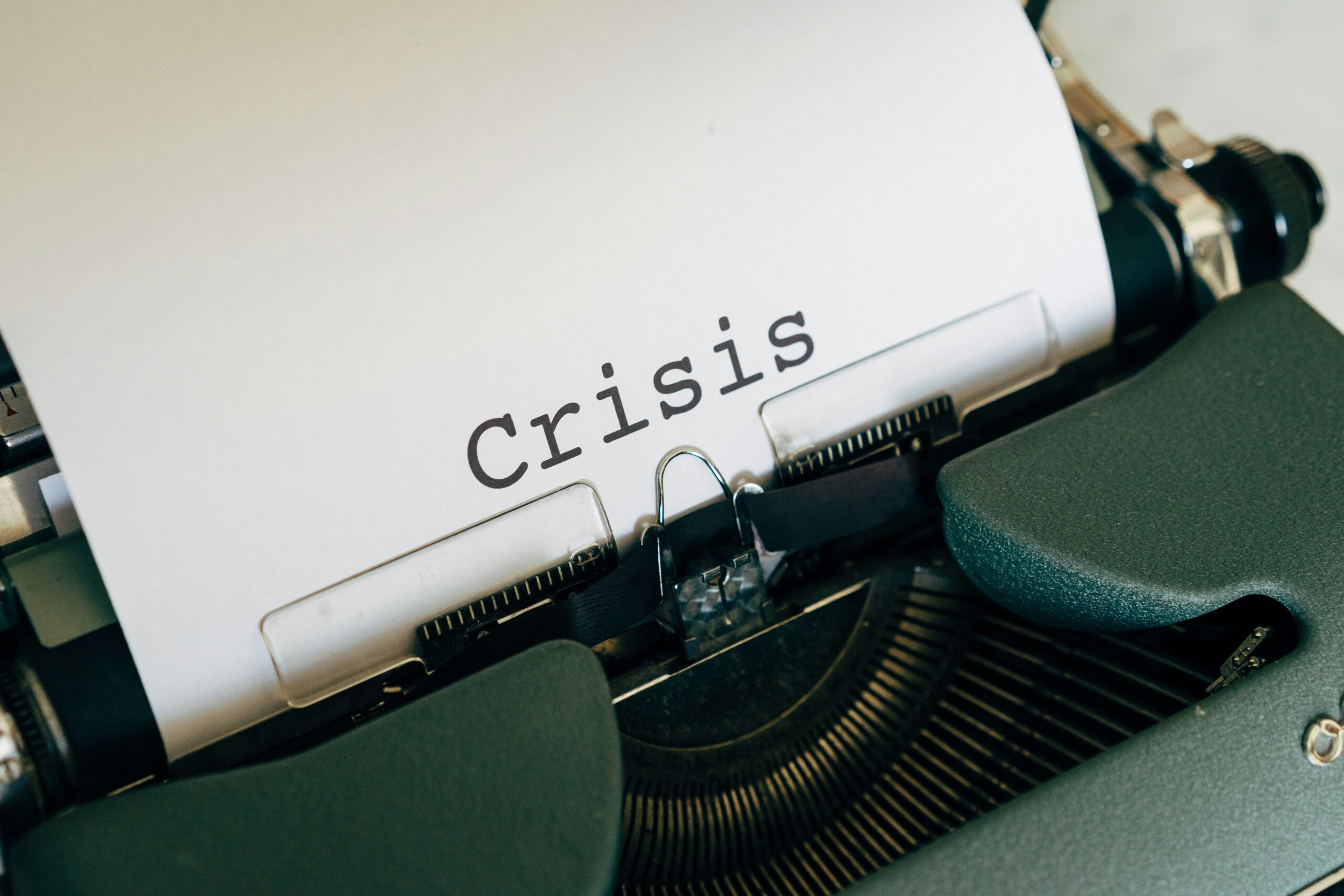Blogs
In a World Inundated with Content, Is Thought Leadership Still Relevant?

We have become increasingly inundated with content. From fleeting seven-second videos to in-depth blog posts, you can share a story in dozens of ways. However, like everything else, the more content there is, the harder it is to get noticed.
Now we must ask ourselves, amidst this deluge of content, what kind of content has the power to ignite conversation, stimulate new thinking, and potentially shift the reputation of a company for the better? Is your company’s current content framework effective, if not, how can it be improved? This article aims to guide you in elevating your company’s thought leadership content strategy.
- Uniqueness
To become known as a go-to source on a specific topic and establish authority, spokespeople have to share views actively and provide insights from a fresh perspective, introducing new ways of thinking and ideas.
What sets thought leaders apart from storytellers is that thought leaders create, shape, and lead the conversation, rather than joining a discussion. Thought leaders often challenge the status quo and encourage out-of-the-box thinking, fostering a culture of continuous improvement and innovation.
This is where PR professionals can step in to uncover new angles and insights by conducting thorough research and monitoring the latest industry trends. They work closely with executives to understand their expertise, unique points of view, and areas of differentiation, then position executives as thought leaders in specific niches.
- Format diversification
Thought leaders have to share their perspectives consistently in carefully selected mediums to succeed. It requires a multifaceted approach to maximize thought leadership impact. Examples of thought leadership content include bylined articles, media interviews, blog posts, podcasts, commentary, social media, public speaking, and webinars.
Marketing communications and PR professionals help executives map out the most suitable formats for communicating their ideas, considering factors such as audience preferences and the complexity of the content. This strategic plan ensures each message and idea is delivered effectively. Establishing a visible, sustainable online and offline presence allows leaders to remain top of mind, which can solidify their position at the forefront of their respective industries.
- Delivery
Thought leaders have a passion for sharing their views and knowledge, not selling their products. Finding the delicate balance between promoting the company’s offering and authenticity is at the crux of educating and engaging an audience.
Central to effective branding and communications is emphasizing the human element of your brand, establishing trust and a genuine connection with the receivers. For CEOs and industry leaders, reflecting on the purpose behind your business, and how this purpose addresses a specific niche can be instrumental in crafting compelling, meaningful thought leadership content.
Effective communications strategy demands a nuanced approach to crafting thought leadership content. To stand out in a sea of content, thought leaders must innovate, engage consistently across multiple platforms, and prioritize authenticity over promotion. By adopting an integrated approach, your company can spark meaningful conversations, drive innovation, and shape brand perceptions, creating an impact beyond what you offer.
Latest News



